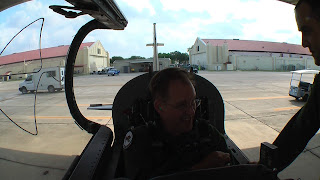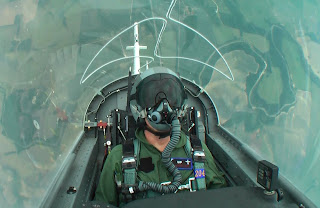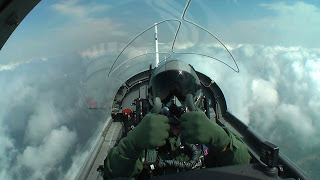
This is a regular blog post. Looking for show notes or links to ahow audio? Please check out the other posts.
So I’ve finally had the opportunity to set up the studio in one of my favorite authoring spaces, namely my patio. It’s in the low 70s and sunny and it’s the perfect circumstances to categorize, edit, assemble, write, and think. Which is what I intend to do, along with a whole boatload of work from the office (three hours already billed today, so I’m taking a little break here and I feel good about that).
I have a lot to do. I have the seaplane rating audio to categorize and edit. I have pictures and video of that, as well, that I need to figure out how best to present. I have loads of audio and video from recent acro training that I need to marry up and then cut for release. And all of this is to say nothing of the great material from the T-6A Texan II ride (as well as the voiceovers that I need to write and record for that).
(By the way, thanks, Uncontrolled Airspace, for the kind shout-outs in Episode 135. I’ll try to not disappoint your listeners that hop over here for a taste!)

I’m still on a high from the Randolph AFB trip. Here’s a shot of Jo Hunter and Will Hawkins in the conference room that we used for the preflight briefing and as a staging area. One of the few pictures I think we have of Jo. She’s a wizard behind the lens but seems to avoid the other end of the lens for the most part.

One of the central resources of any incarnation of Firebase Airspeed (and especially in 94F San Antonio) is the beverage station. The hotel was very nice in almost all respects, but no fridge. So we loaded up the sink with ice and brushed out teeth using the bath tub. Got to get your priorities right!
Back to herding electrons. Look for really good stuff in the feed soon!













